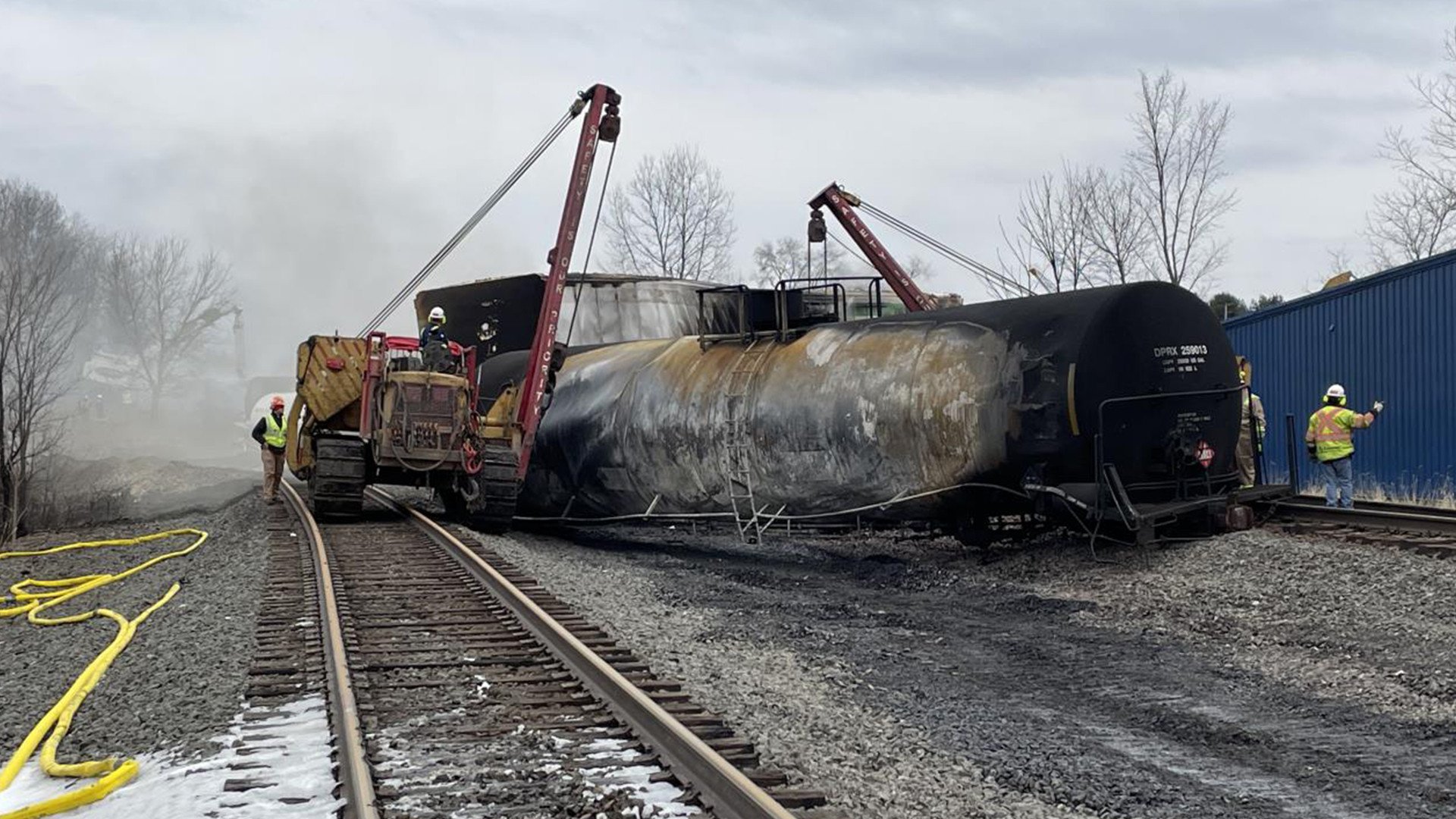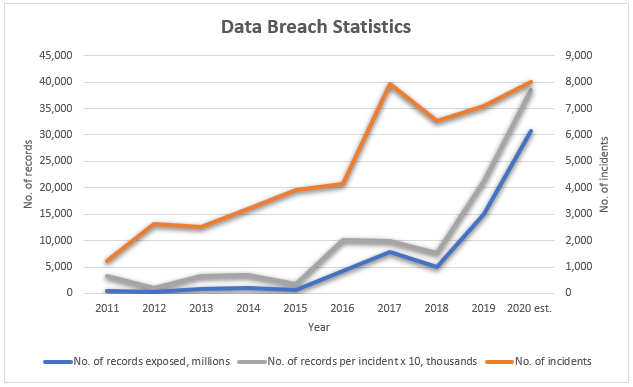Months Of Toxic Chemical Contamination Following Ohio Train Derailment

Table of Contents
The Initial Disaster and Immediate Aftermath
The East Palestine train derailment involved the Norfolk Southern freight train carrying hazardous materials. The resulting derailment led to the release of a cocktail of toxic chemicals, including the highly volatile vinyl chloride, butyl acrylate, and ethylhexyl acrylate. This catastrophe unfolded on February 3rd, 2023, in a small town in eastern Ohio, immediately causing widespread concern.
- Date and location: February 3, 2023, East Palestine, Ohio.
- Chemicals released: Vinyl chloride, butyl acrylate, ethylhexyl acrylate, and other hazardous materials.
- Controlled burn: In an attempt to prevent a potentially larger explosion, authorities conducted a controlled burn of the vinyl chloride, releasing phosgene, a highly toxic gas, into the atmosphere.
- Evacuations: Thousands of residents were evacuated from the immediate vicinity.
The immediate aftermath was chaotic, marked by uncertainty and a lack of clear information for the affected community. The controlled burn, while intended to mitigate the risk of a catastrophic explosion, added another layer of concern regarding the potential for long-term health consequences from exposure to the released chemicals.
Ongoing Water Contamination Concerns
Water contamination remains a significant and persistent concern months after the derailment. The fear of contamination extends beyond immediate sources to the Ohio River, a vital waterway impacting a far wider area. The potential for long-term effects on drinking water supplies and the broader ecosystem is deeply worrying.
- Contaminated water sources: Reports indicate contamination in local wells, streams, and potentially the Ohio River and its tributaries.
- Water testing: Ongoing water testing is being conducted, but the results and their long-term implications are still being assessed. The inconsistent and sometimes delayed reporting of test results fuels community distrust and anxieties.
- Long-term effects: Exposure to contaminated water can lead to a wide range of adverse health effects, both short-term and long-term, impacting multiple organs and systems. The ecological impact on aquatic life and the wider ecosystem also needs careful consideration.
- Governmental response: Various government agencies are involved in water testing and remediation efforts, but the adequacy and effectiveness of these responses are subjects of ongoing debate and scrutiny.
Soil and Air Pollution: A Lingering Threat
The derailment caused significant soil and air pollution, creating a lingering threat to public health and the environment. The long-term effects of exposure to these contaminants, particularly for those living close to the derailment site, are yet to be fully understood.
- Soil and air sample analysis: Testing reveals the presence of various contaminants in the soil and air around East Palestine. The extent of the contamination and the depth of soil affected remain uncertain.
- Health risks: Prolonged exposure to contaminated soil and air can lead to respiratory problems, skin irritations, and other serious health issues, some with long latency periods.
- Cleanup efforts: The cleanup process is ongoing, but the scale and effectiveness of the effort continue to be debated, with concerns about its completeness and thoroughness.
- Long-term ecological effects: The impact on the local ecosystem is also a major concern, with potential long-term damage to biodiversity and the delicate balance of the natural environment.
The Impact on Wildlife and the Ecosystem
The Ohio train derailment has had a devastating impact on wildlife. Reports indicate significant casualties among various animal species, with the long-term effects on biodiversity still unknown. The ecological damage is expected to linger for years, impacting the local food chain and the broader ecosystem. Continued monitoring of wildlife populations is crucial to assessing the extent of the environmental damage.
Health Impacts and Long-Term Consequences
Residents of East Palestine and surrounding areas have reported various health issues since the derailment, including respiratory problems, headaches, nausea, and skin irritations. The long-term health consequences of exposure to the released chemicals remain a major concern, necessitating comprehensive medical monitoring.
- Reported health issues: A wide range of symptoms are being reported by residents, highlighting the need for detailed epidemiological studies.
- Medical monitoring: The establishment of long-term medical monitoring programs is crucial to track the health of those exposed and to identify potential late-onset health effects.
- Long-term health risks: Vinyl chloride, in particular, is known to be a carcinogen, increasing the risk of various cancers. Other released chemicals also pose significant health risks.
- Governmental response to public health concerns: The public health response is crucial for providing support to the affected community and preventing future health problems. The effectiveness of this response is under continued scrutiny.
Conclusion
The Ohio train derailment and the subsequent months of toxic chemical contamination represent a profound environmental and public health crisis. The ongoing concerns regarding water contamination, soil and air pollution, and the long-term health impacts on residents highlight the need for sustained monitoring, comprehensive cleanup efforts, and a thorough investigation to determine the full extent of the damage and to prevent similar disasters in the future. We must demand accountability from those responsible and advocate for stronger regulations to protect our communities and the environment from the devastating consequences of toxic chemical releases. Stay informed about the latest updates on the Ohio train derailment and related keywords to stay abreast of the ongoing developments and support the affected communities.

Featured Posts
-
 Trumps Supreme Court Obamacare Defense Implications For Rfk Jr
Apr 22, 2025
Trumps Supreme Court Obamacare Defense Implications For Rfk Jr
Apr 22, 2025 -
 T Mobiles 16 Million Data Breach Fine Three Years Of Security Failures
Apr 22, 2025
T Mobiles 16 Million Data Breach Fine Three Years Of Security Failures
Apr 22, 2025 -
 Trump Administration To Slash Another 1 Billion In Harvard Funding
Apr 22, 2025
Trump Administration To Slash Another 1 Billion In Harvard Funding
Apr 22, 2025 -
 La Palisades Wildfires Which Celebrities Lost Their Homes
Apr 22, 2025
La Palisades Wildfires Which Celebrities Lost Their Homes
Apr 22, 2025 -
 English Language Leaders Debate 5 Crucial Economic Points
Apr 22, 2025
English Language Leaders Debate 5 Crucial Economic Points
Apr 22, 2025
